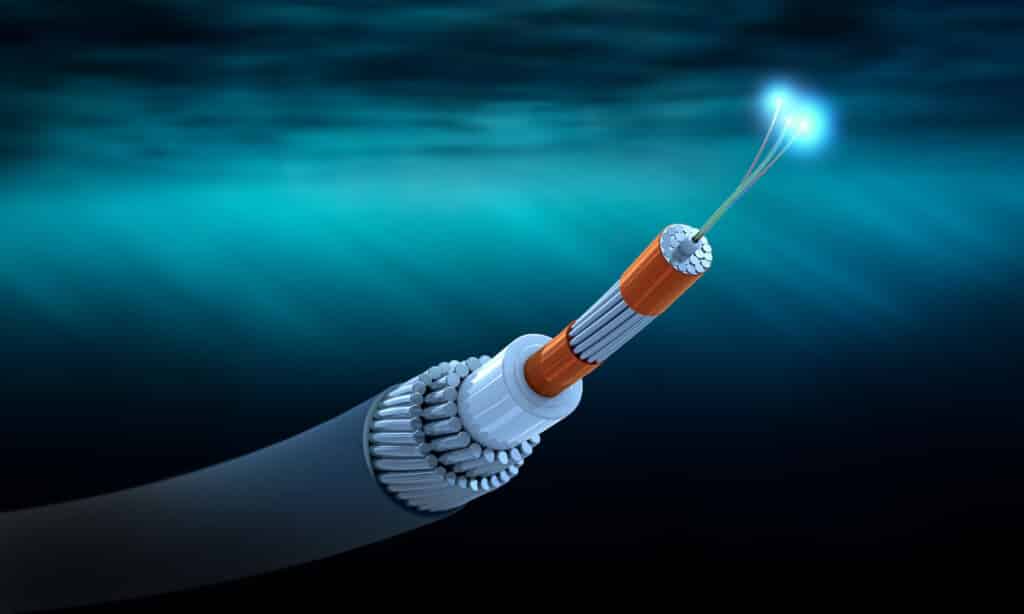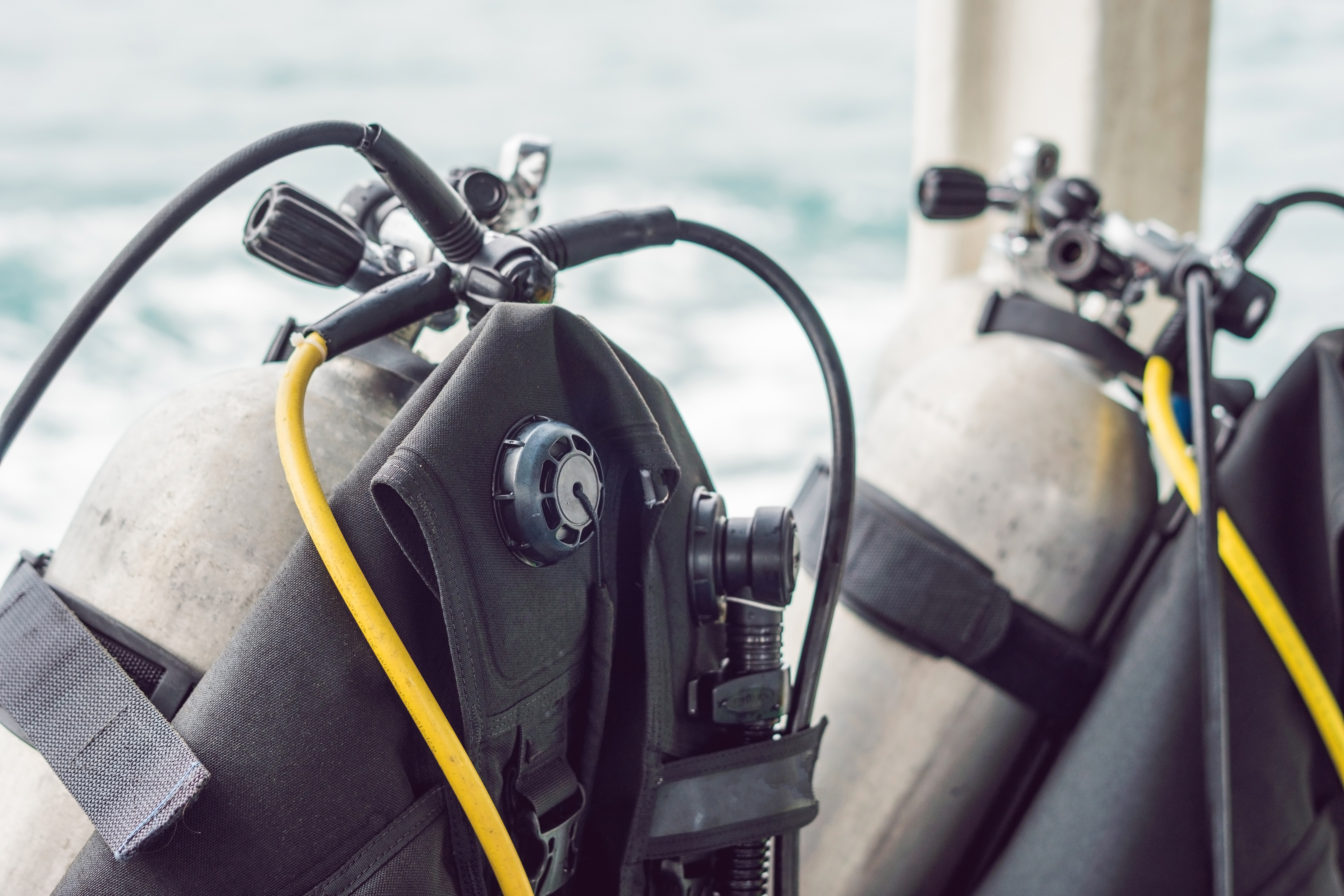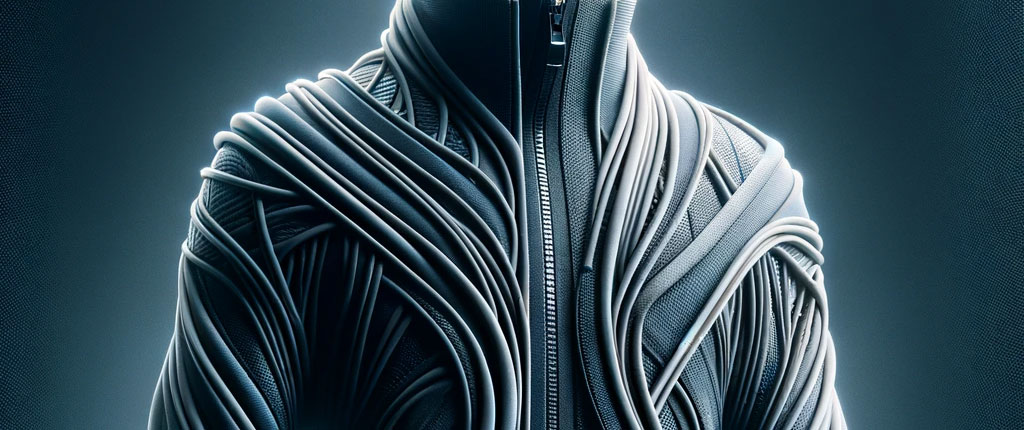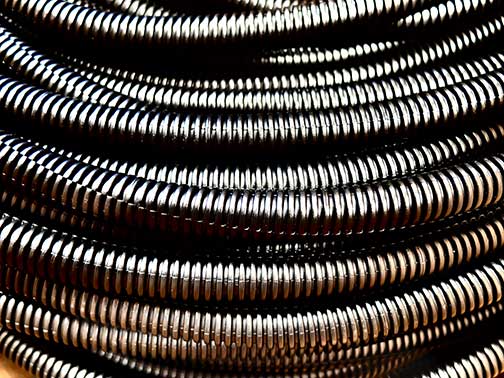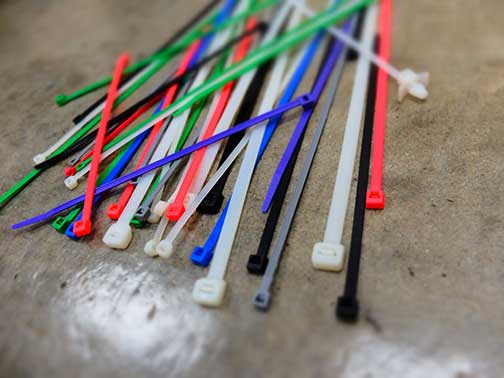Installing multi-million dollar fiber optic cables deep into the ocean is no easy task and requires a high level of cable management skills. The cables that run miles across an ocean need a very precise type of protection and safety protocol to guarantee resistance and avoid disruptions.
And we love everything that has to do with cable protection solutions. So we thought we’d explore some of the most fascinating aspects of the vast underwater cable network that powers our world.
The History of Deeply Buried Telecommunication Networks
Although telegraph communications seem rather antiquated to the modern smartphone user, the concept of faster communication across continents was revolutionary. In 1866, new cables transmitted about 6 to 8 words per minute. In 1858, the first cable was transmitted between the U.S. and Britain, taking about 16 hours to do so. This famous cable was transmitted by Queen Victoria to U.S. President James Buchanan. In 1956, Transatlantic No.1 became the first underwater telephone cable. Only about two decades later, the bandwidth had expanded to about 280 megabytes per second.
In 2018, an underwater cable that extended from Spain to Virginia, United States began operation and took transmission speeds to the next level. In 2019, there were around 380 underwater cables traversing this beautiful planet via the oceans. This adds up to about 745,645 miles that carry a large number of our communications.
The Laborious Process of Laying Down Underwater Cables
So how on earth are these intricate and delicate networks laid beneath the ocean? It’s a good question. The process is arduous, long, and requires various areas of expertise converging to get the job done. It all begins by examining naval charts and finding the best possible path in a flat seabed. The deeper the cables are buried the better for the installation process.
Giant cable-laying ships are sent out into the prospective ocean area, where they map out everything and scope out the currents and underwater terrain. The ships proceed to accurately plot the pathway of the cable and record everything in detail.
Precise measurements called bathymetric and geophysical surveys allow these companies to lay out their cable route to the meter. These powerful vessels will use sonar technologies to detect obstructions and even old mines still hanging around.
Cable Management Solutions for High-Priced High-Stakes Cables
So getting the cables down there is one thing, ensuring that they are adequately protected and layered is another. This is where cable management solutions come in handy and determine the type of protection these cables require.
For easy visualization, picture a thick garden hose. In the innermost center layer are the fiber optic cables. These tiny threads of glass fibers are what allow the data to flow through them at fast speeds. These are enveloped by a cozy layer of petroleum jelly to create lubrication. Then, there is a layer of polycarbonate, aluminum water barrier, stranded steel wires, and polyethylene. The cables themselves are also covered in copper to ensure proper electricity conduction
The cables placed along shallower water will be several inches thick or about the width of your typical coffee mug. Those closer to shore will often face threats from higher currents, sharks, and possibly undiscovered sea monsters. When they are placed deeper in the ocean beds, they are packed tightly and reduced to a smaller diameter.
Shark Teeth Markings on Cables
According to the Washington Post, sharks have a particular appetite for these underwater cables. It has been reported that numerous sharks have been caught gnawing on this rather expensive telecommunications infrastructure. This has led some of the world’s leading companies to invest in kevlar-like protective layering.
Tech Giants New Cable Investments
As of now, many internet and communications companies share the vast fiber-optic highway beneath our seas, but powerhouse tech giants like Google are now investing in their own fiber-optic lines. Google has invested in 19 cable projects around the world, which would make it the company with the most cable infrastructure under its jurisdiction. The costs of these endeavors are not insignificant. Google would not publicly state just how much their largest fiber-optic cable connection to Chile raked in at. Estimates speculate the dollar amount was as high as 350 million dollars. Other major companies with miles of cable to their name include Microsoft, Facebook, and Amazon.
Cable Management Solutions for Your Business
Here at HST Cable Management, we understand the value of properly protecting your wires and cables. Whether you power an entire office building or have complicated electronic equipment in your warehouse or plant, the need to ensure protected cables is just as important.
While you may not be laying down cables at the bottom of the ocean, from heat shrink tubing to expandable sleeving, we have the best cable management solutions for your equipment.
Call HST Cable Management today and learn more about how to protect your electronic wiring and infrastructure.

